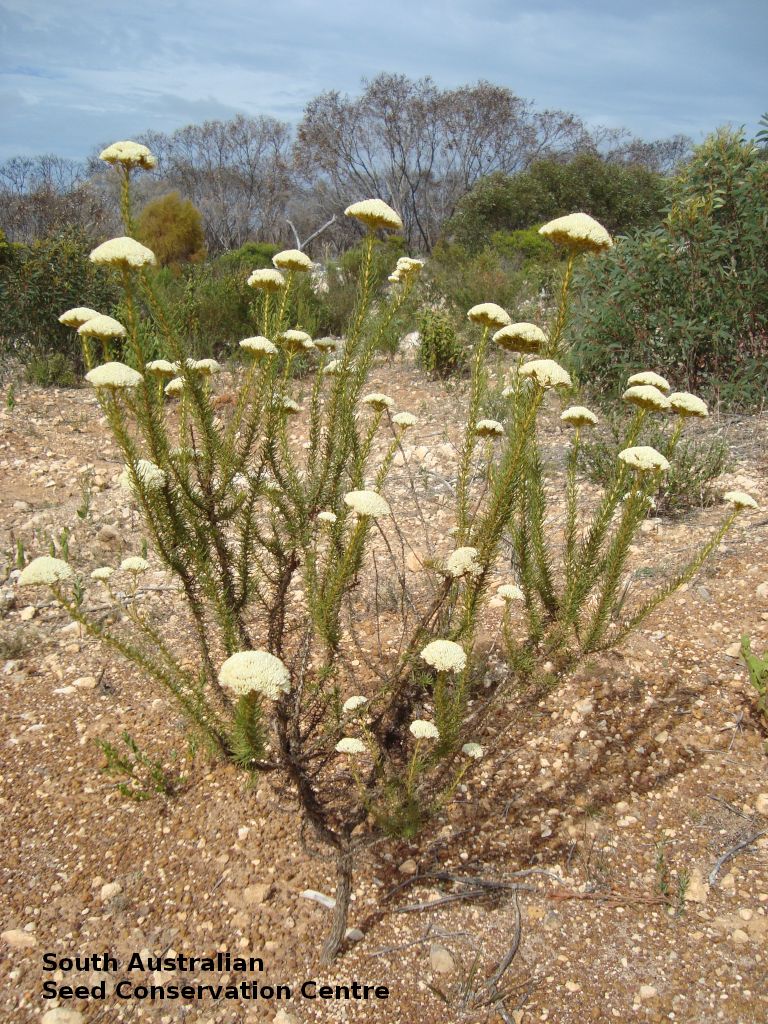
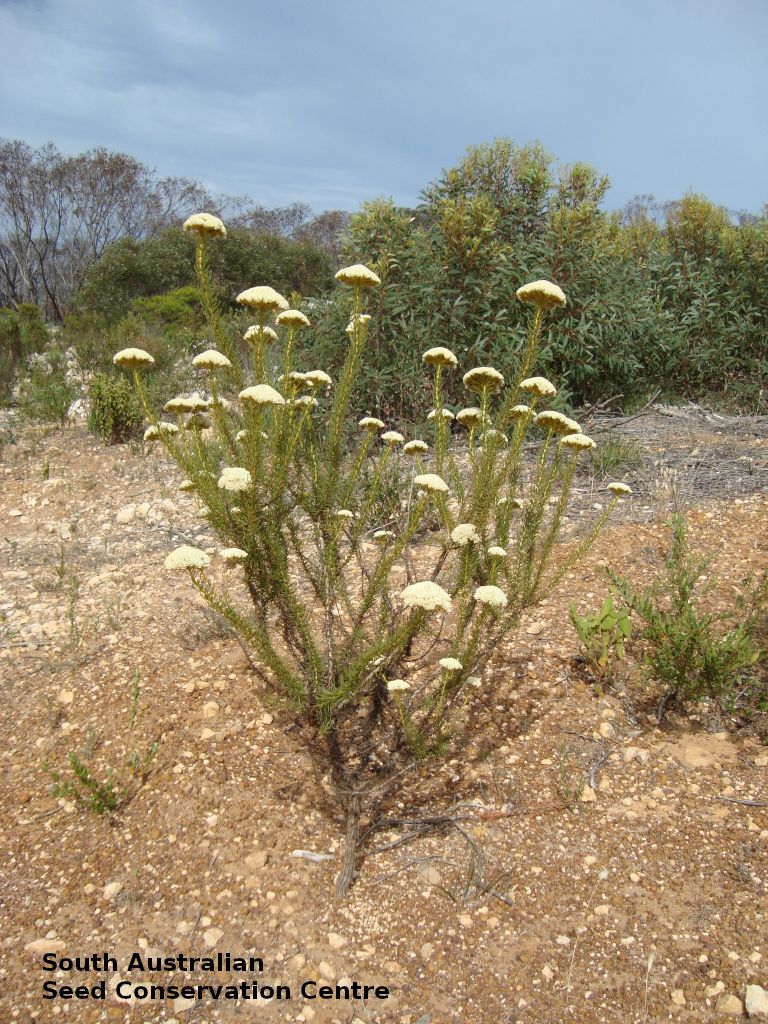
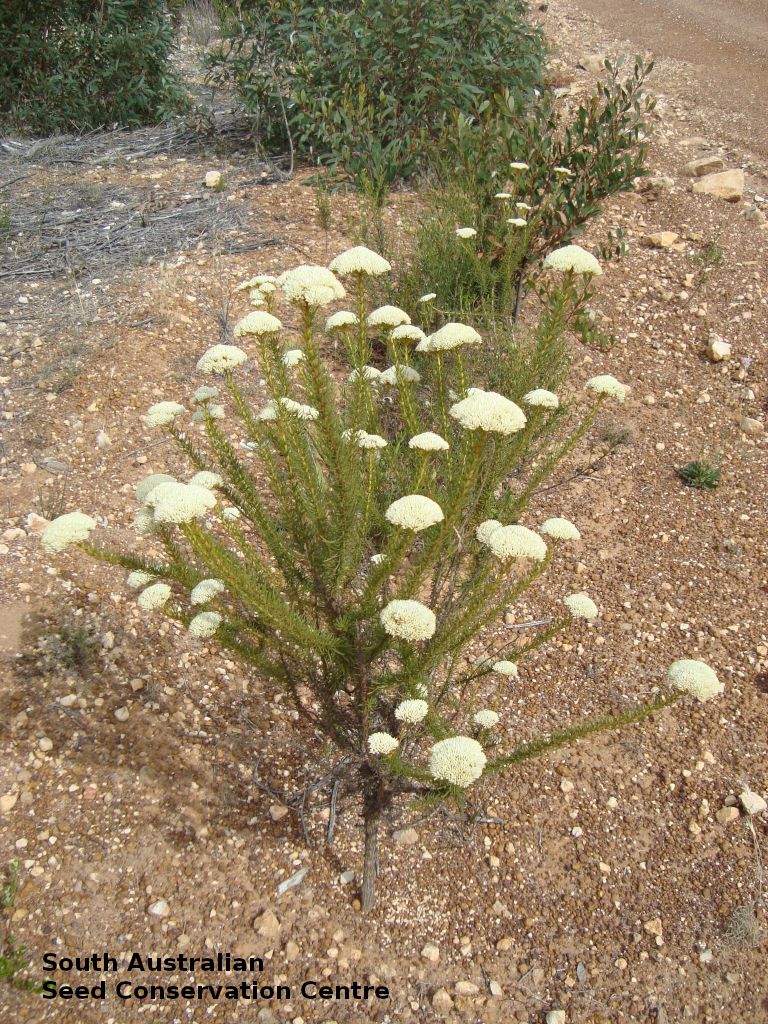
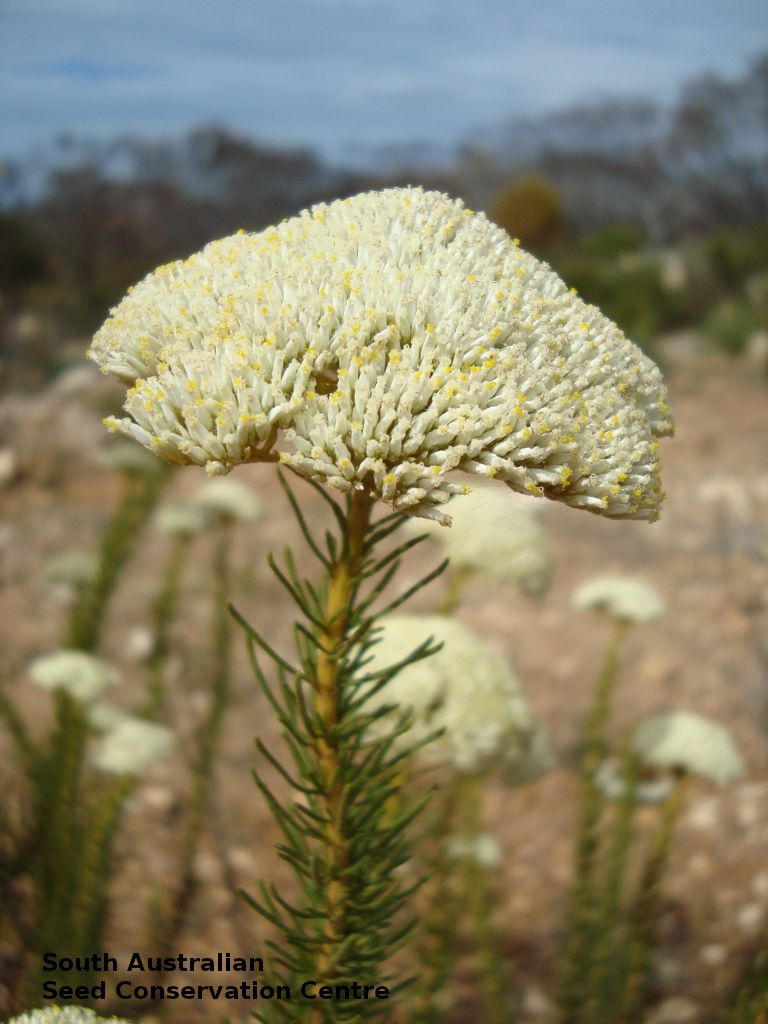
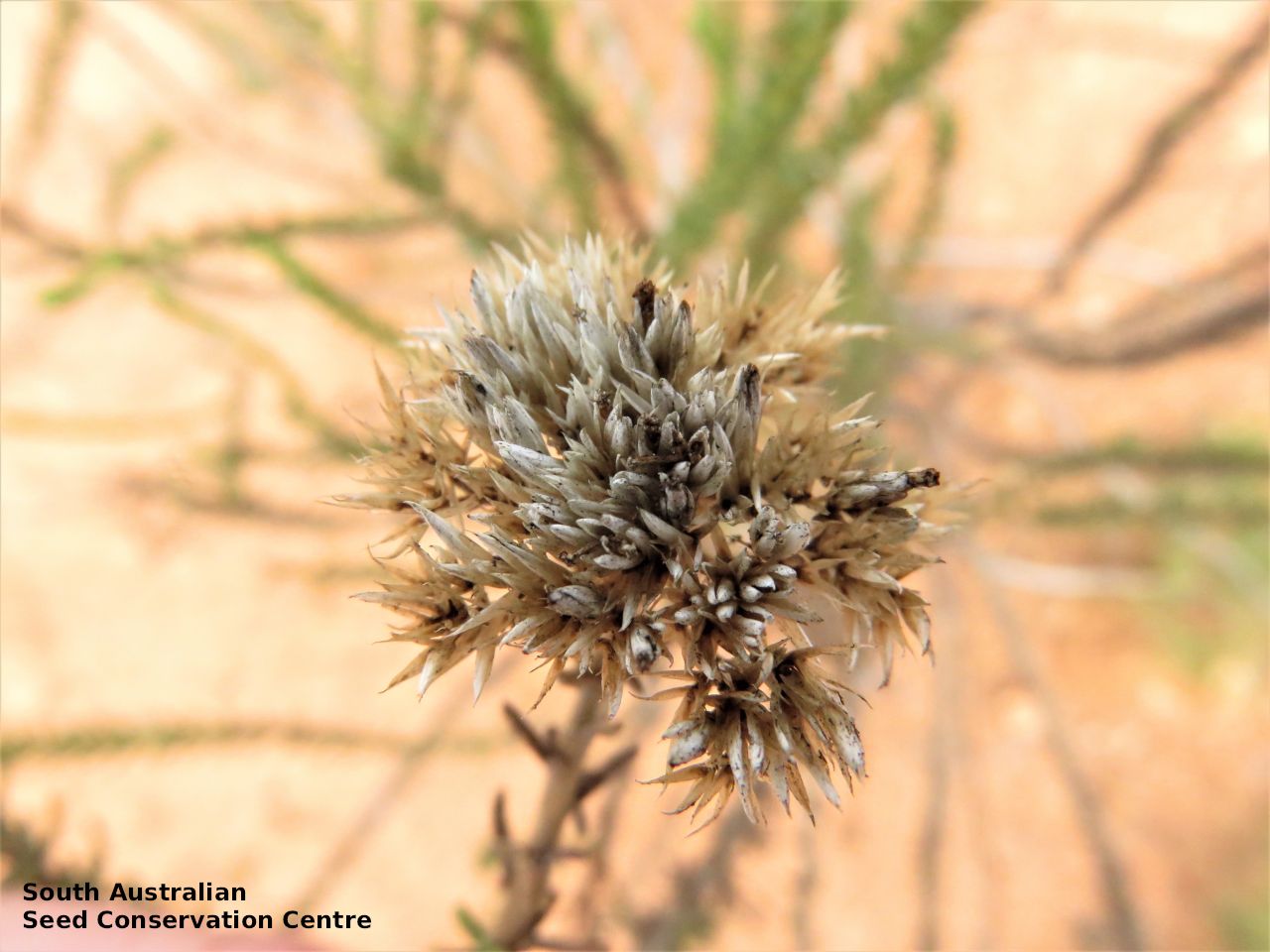
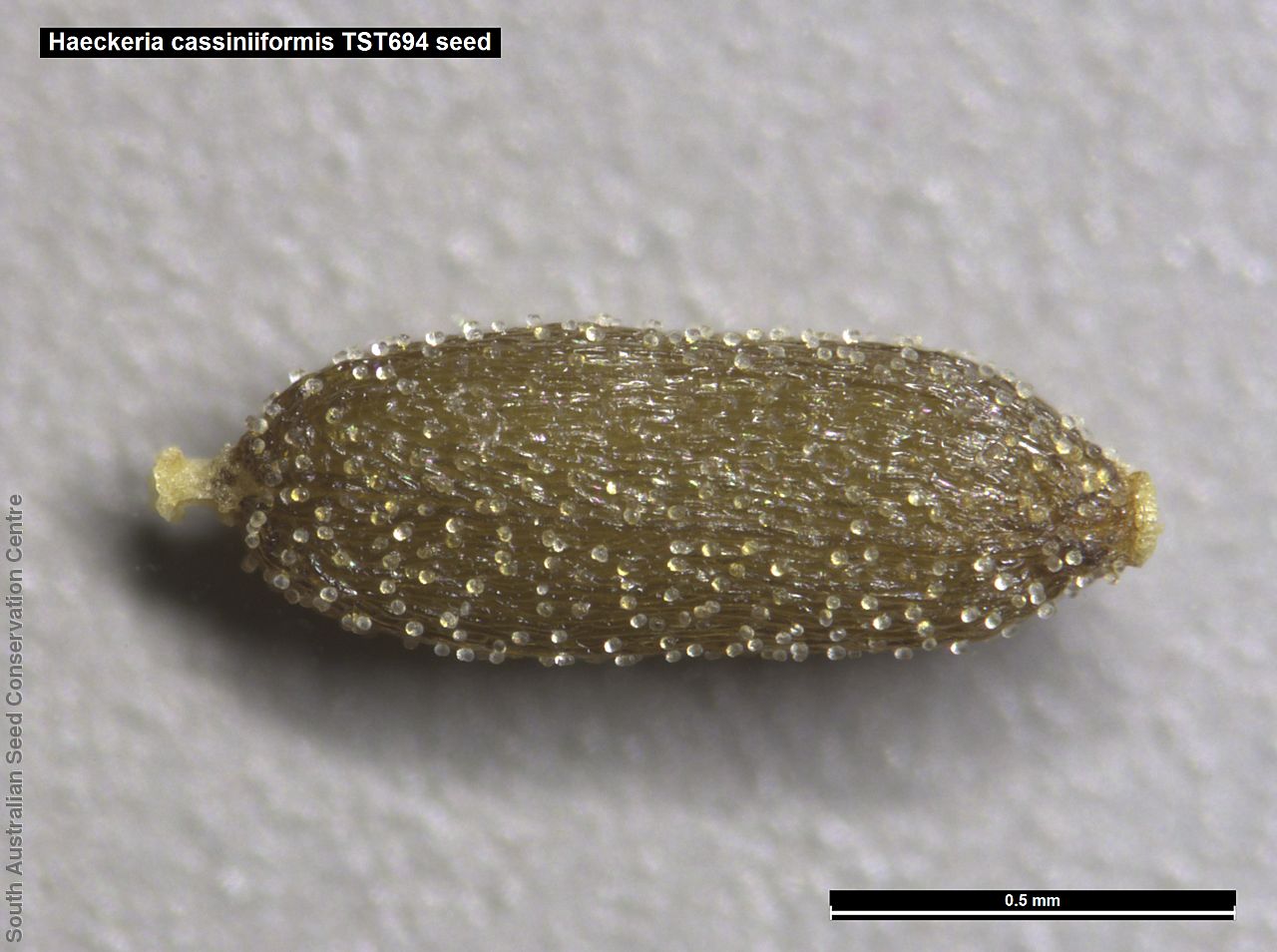
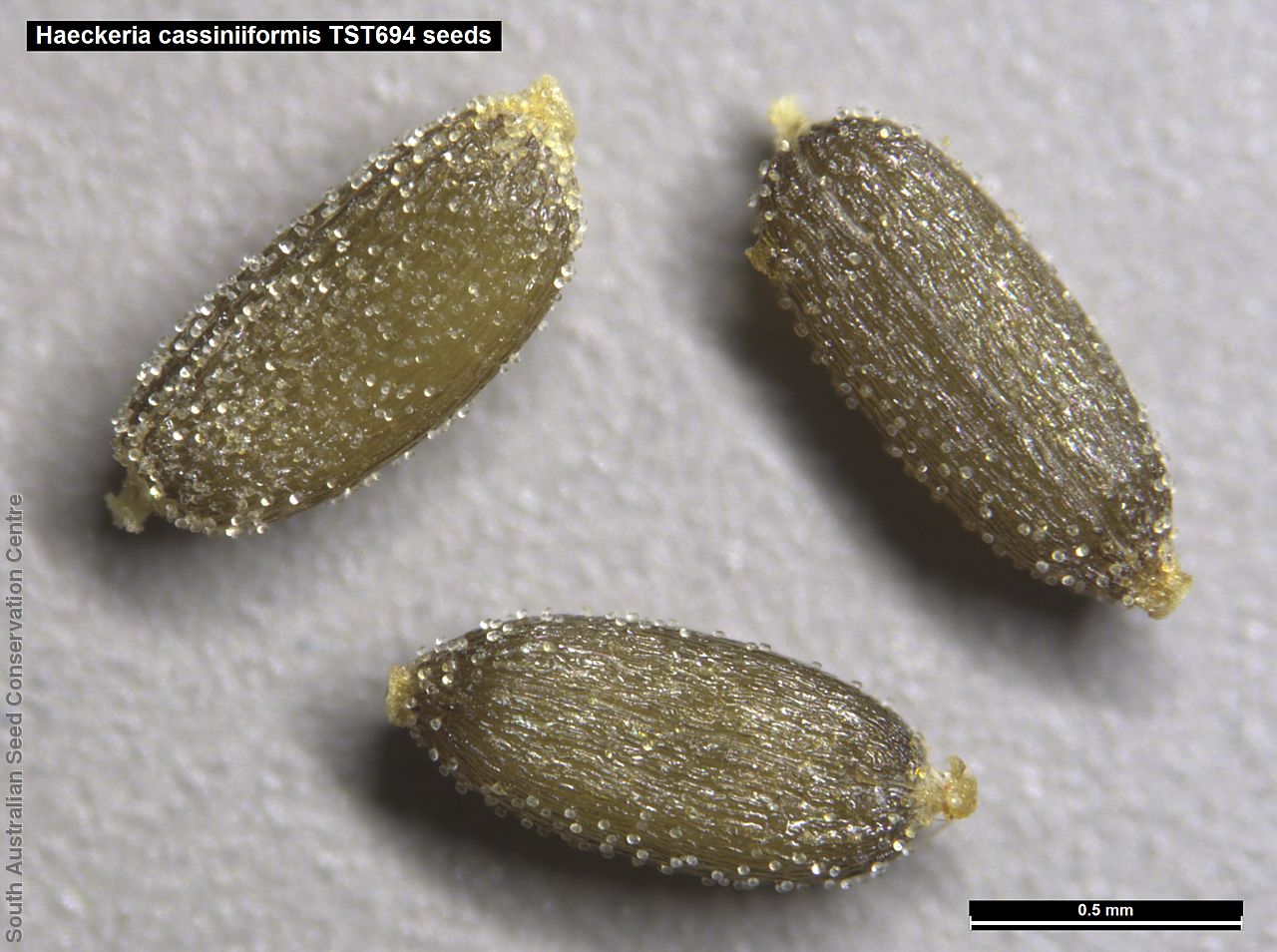
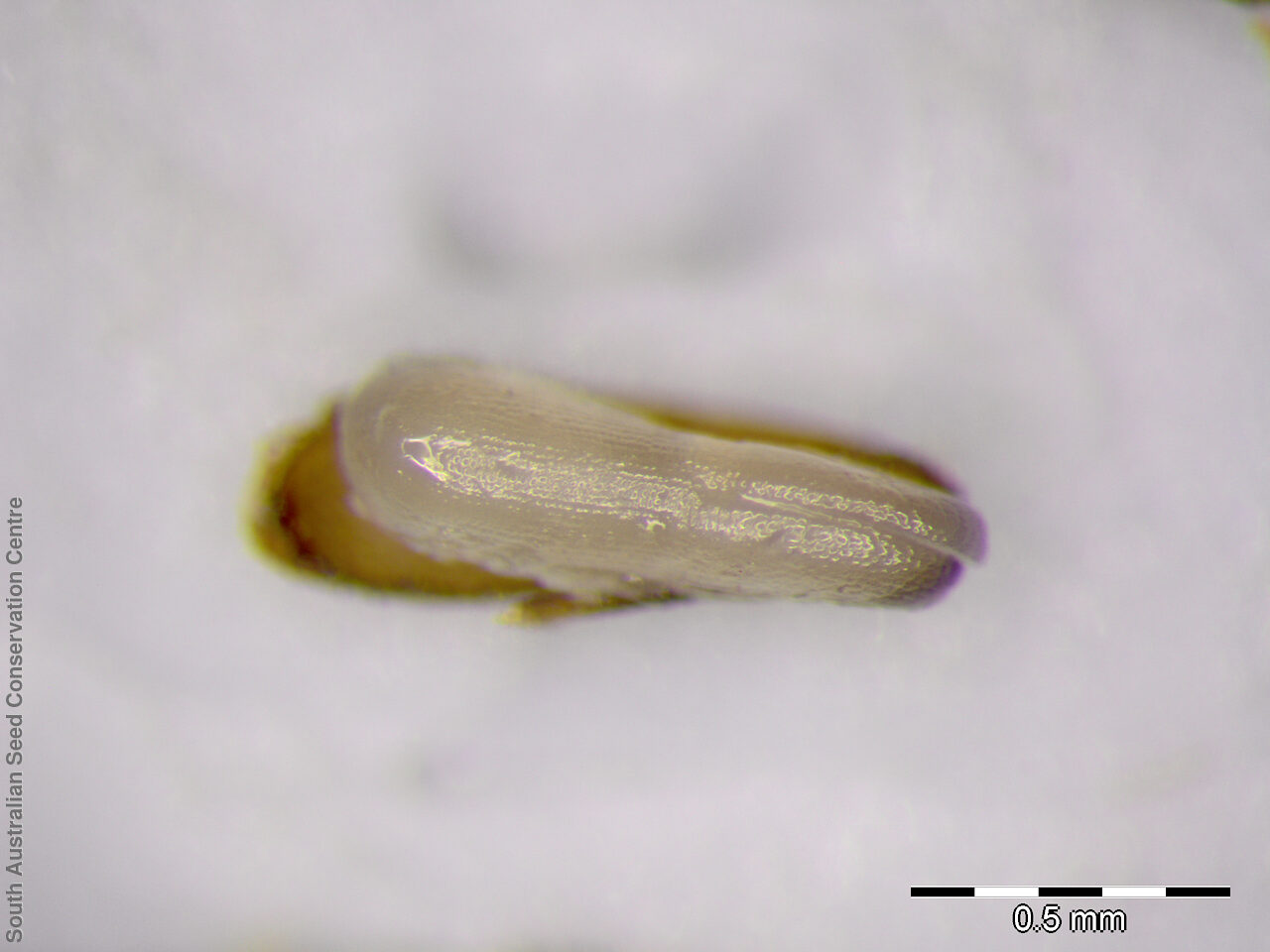

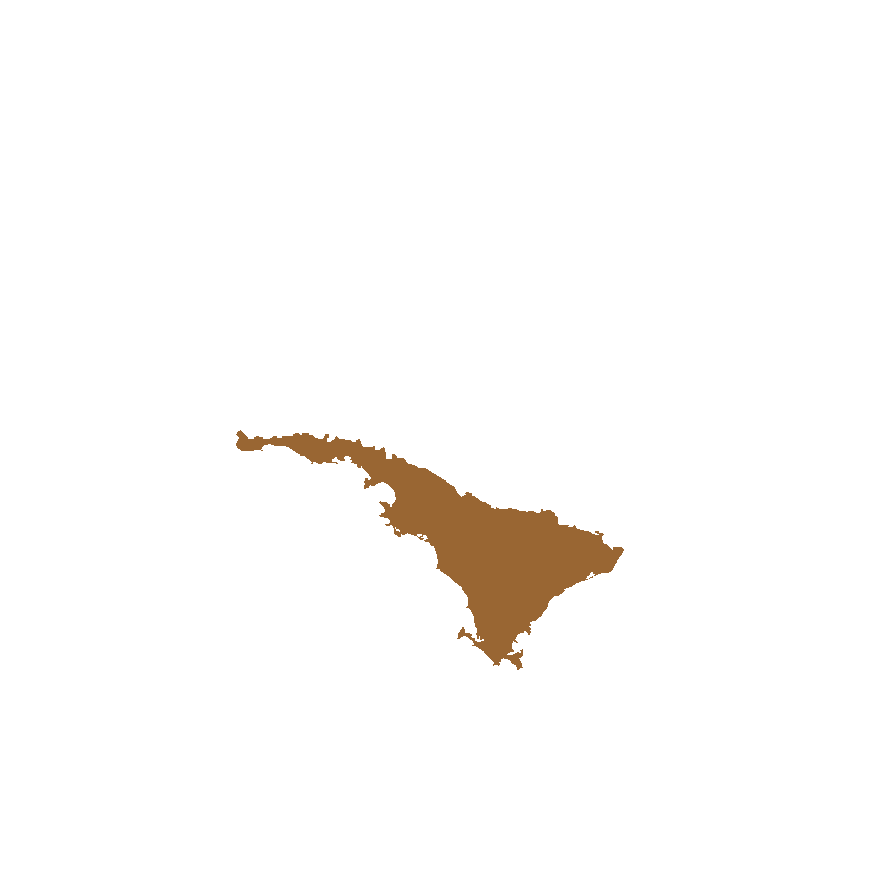
Prior names
Humea cassiniacea
Humea cassiniaeformis
Haeckeria cassiniaeformis
Etymology
Haeckeria named after Dr G. Haecker (1789-1864), a German botanist. Cassiniiformis means shaped like the genus Cassinia, referring to the species' habit and flower-heads.
Distribution and status
Endemic to South Australia and found mainly on Eyre Peninsula. Native. Rare in South Australia. More common after disturbance (e.g. fire, road work).
Herbarium regions: Eyre Peninsula, Northern Lofty
NRM regions: Adelaide and Mount Lofty Ranges, Eyre Peninsula
AVH map: SA distribution map (external link)
Plant description
Short-lived shrub to 1 m high with stems erect, rigid, sparsely branched, striate; minutely glandular-pubescent; pale-brown. Leaves spreading, linear, broadened at the base; obtuse, to 20 mm long and 0.8 mm wide; subglabrous to scabrous, gland-dotted, dark-green, with involute margins, sometimes in axillary fascicles on the older branchlets. Flower-heads dense, rounded, subglobular to hemispherical, to 5.5 cm diameter, terminating leafy branches with creamy-white flowers; corolla yellow. Flowering between October and March. Fruits are light-cream, dense round daisy-head. Seeds are brown cylindrical seed to 1.1 mm long and 0.5 mm wide, covered in fine tubercules. Seed embryo type is spathulate.
Seed collection and propagation
Collect seeds between December and May. Collect heads that are matured, cream and contain brown seeds. Place the heads in a tray for one to two week to dry. Then rub the heads gently with your hands to dislodge the seeds. Use a sieve to separate any unwanted material. Store the seeds with a desiccant such as dried silica beads or dry rice, in an air tight container in a cool and dry place. From one collection, the seed viability was high, at 100%. Seeds are non-dormant, viable seed should germinate readily.
| Location | No. of seeds (weight grams) | Number of plants | Date collected | Collection number Collection location | Date stored | % Viability | Storage temperature |
|---|---|---|---|---|---|---|---|
| BGA MSB | 10,300 (0.96 g) 10,300 (0.96 g) | 15 | 12-Feb-2009 | TST694 Eyre Peninsula | 20-Jul-2009 | 100% | +5°C, -18°C |
Number of plants: This is the number of plants from which the seeds were collected.
Collection location: The Herbarium of South Australia's region name.
% Viability: Percentage of filled healthy seeds determined by a cut test or x-ray.